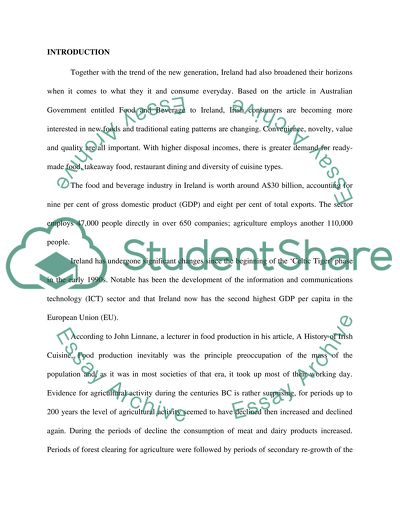Cite this document
(“The Dramatic Change of Operations Management of Irelands Food and Essay”, n.d.)
The Dramatic Change of Operations Management of Irelands Food and Essay. Retrieved from https://studentshare.org/miscellaneous/1524552-the-dramatic-change-of-operations-management-of-irelands-food-and-beverage-industry
The Dramatic Change of Operations Management of Irelands Food and Essay. Retrieved from https://studentshare.org/miscellaneous/1524552-the-dramatic-change-of-operations-management-of-irelands-food-and-beverage-industry
(The Dramatic Change of Operations Management of Irelands Food and Essay)
The Dramatic Change of Operations Management of Irelands Food and Essay. https://studentshare.org/miscellaneous/1524552-the-dramatic-change-of-operations-management-of-irelands-food-and-beverage-industry.
The Dramatic Change of Operations Management of Irelands Food and Essay. https://studentshare.org/miscellaneous/1524552-the-dramatic-change-of-operations-management-of-irelands-food-and-beverage-industry.
“The Dramatic Change of Operations Management of Irelands Food and Essay”, n.d. https://studentshare.org/miscellaneous/1524552-the-dramatic-change-of-operations-management-of-irelands-food-and-beverage-industry.


